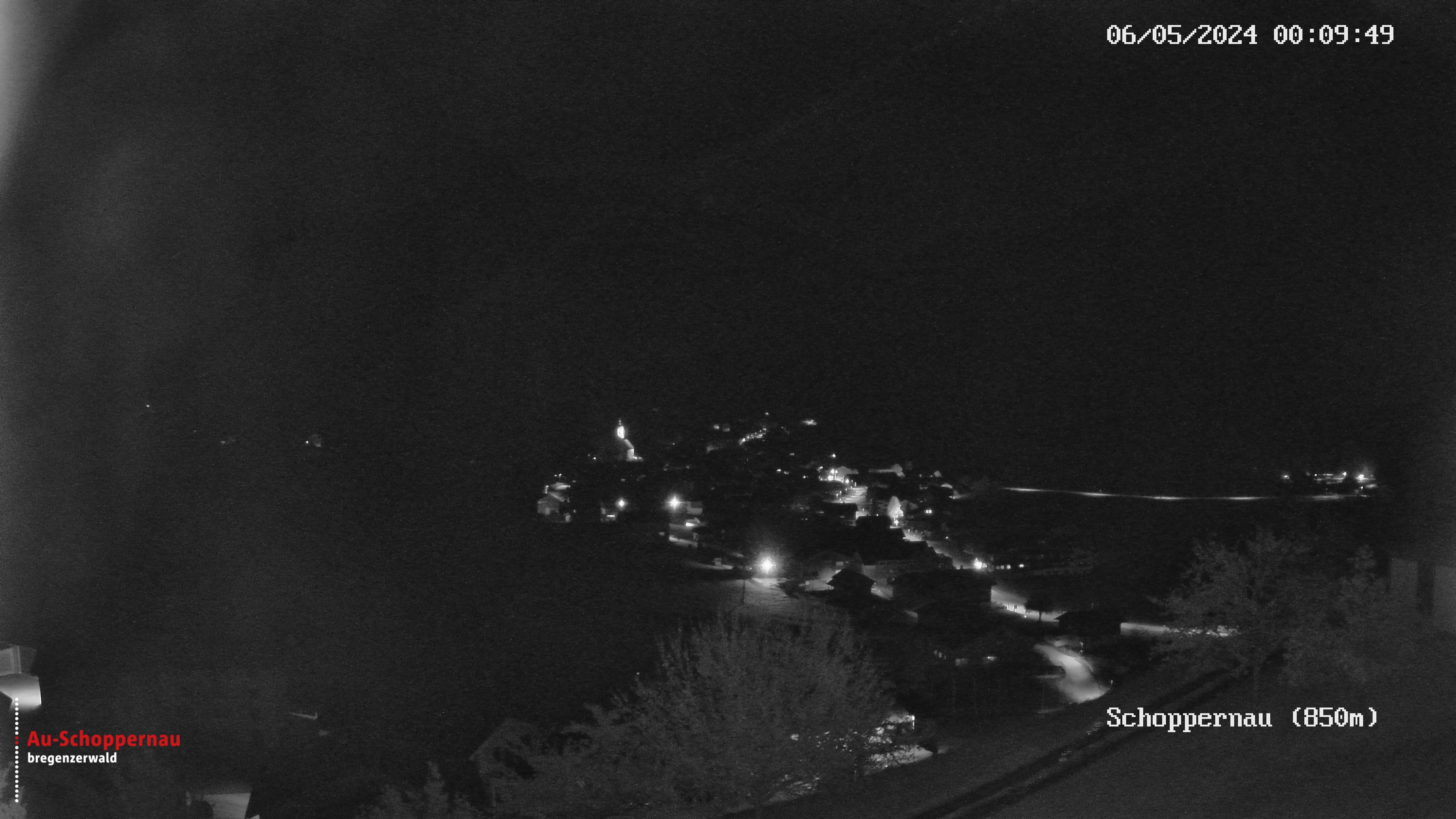“You made your bed, now lie in it.” A sheet of purest white is cast forth by two outstretched arms and comes to rest upon the mattress with honed precision. These hands have performed this precise action time and again. The heavy cotton cloth is flipped over and smoothed with outstretched fingers. Precise, meticulous, exact: the sheet resembles a fine canvas screen upon which the image of perfection is cast. The task ends abruptly to be followed by the shaking of a pillow positioned lengthwise in the middle before being folded into place. In the Küefer-Martis-Huus in Ruggell, Liechtenstein, a museum set within in a centuries-old farmhouse, Heide C. Heimböck presents her film, projected onto a cloth hanging from a clothesline, within an attic cinema. On the floor there is a pile of beech leaves. ”These leaves were once used as filling for mattresses. Municipalities actually kept lists of which families were allowed to collect certain amounts of beech leaves and when,” says Heimböck, her body language expressive. “The foliage was practical at first, but with time it crumbled, became hard and left a hole where the head had rested.”
Growing up in Au in upper Bregenzerwald in the 1970s, Heimböck never knew a world of beech-leaf mattresses, but in her grandmother’s house there was still the small room in which the leaves had once been dried. The video is entitled “Als ich noch Dein gutes Kind war” (“When I was still your good child”), a quote from a letter by the German painter Paula Modersohn-Becker, who died in 1907. Modersohn-Becker was one of the boldest representatives of Expressionism. During her lifetime, she fought against the patriarchal nature of society. The letter in which the quote appears questioned what a person must do to be a dutiful child.






